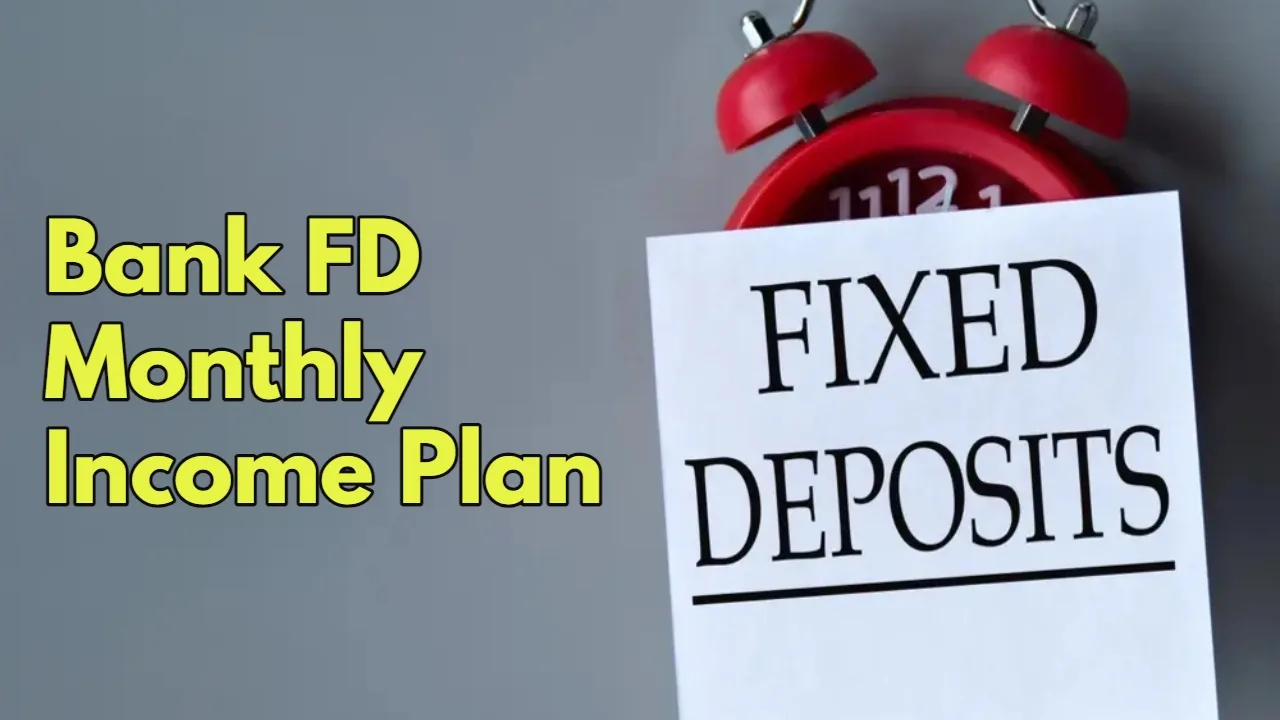Do you want to get regular income on your savings, Monthly Income Plan of Bank FD can be a great option for you. Through this plan, you can get interest on your FD every month.
What is a Monthly Income Plan
There are two options in Bank FD. Cumulative Plan and Non-Cumulative Plan. In the cumulative plan, you get both the principal and interest together on maturity.
While in the non-cumulative plan, you are paid interest at regular intervals. By opting for the Monthly Income Plan, you will get the interest amount credited to your account every month.

Benefits of Monthly Income Plan
Flexible Investment: You can invest any amount in this plan.
Long Term: Some banks offer this plan for a period of up to 10 years.
Liquidity: You get the facility to withdraw your investment anytime as per your requirement.
No Processing Fee: There is no processing fee charged for starting this plan.
Regular Income: Despite the fluctuations in the market, you get income every month as per the fixed interest rate.
Nomination and Loan Facility: You can avail of the nomination facility in this scheme and can also take a loan if required.
How to Invest
To invest in the Monthly Income Scheme, you can go to any bank and apply. You have to carry your identity proof, Aadhaar card, and PAN card.
Interest Rate and Returns
The interest rate of the Monthly Income Scheme varies from bank to bank. Generally, the interest rate of the Monthly Income Scheme is slightly lower than Bank FD. However, it can be a good option to get regular income.
A better option for senior citizens

The Monthly Income Scheme is especially beneficial for senior citizens. They get 50 basis points more interest in this scheme than normal FD. The interest earned annually is divided into 12 months and sent to your account every month.
Tax rules
If you invest in a tax saver FD account, you can get tax exemption on an amount up to ₹1,50,000 in a financial year under Section 80C of the Income Tax Act. If the monthly income or returns in a financial year exceed ₹40,000, the bank deducts 10% TDS.
In the case of senior citizens, this amount is ₹50,000. If the depositor does not have a PAN card, the bank will deduct 20% of TDS.
